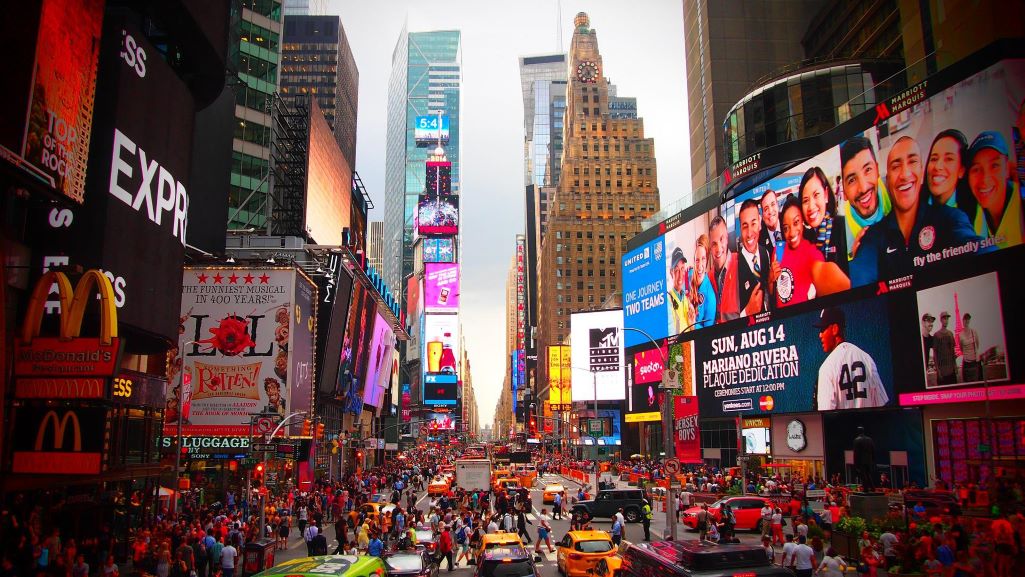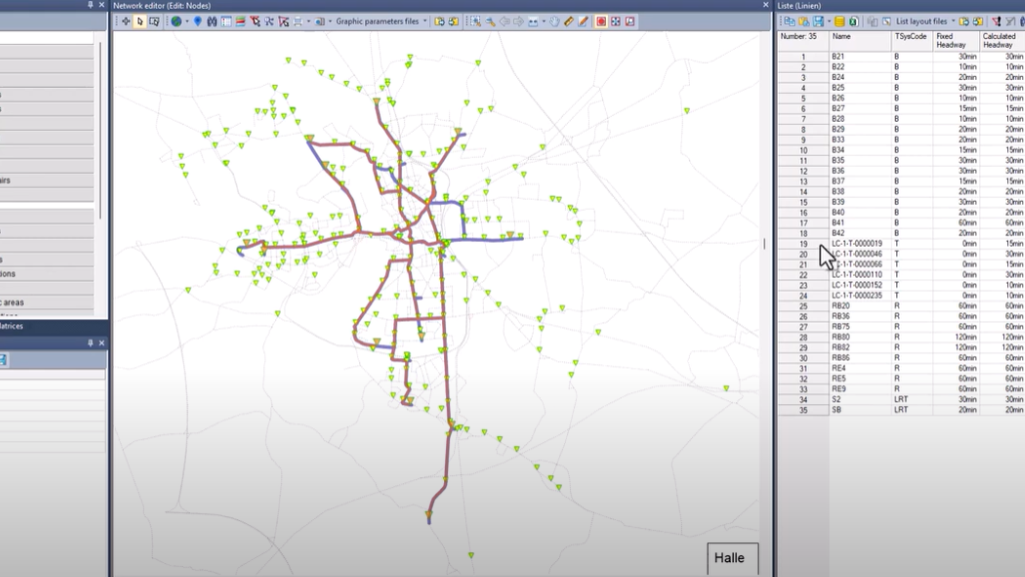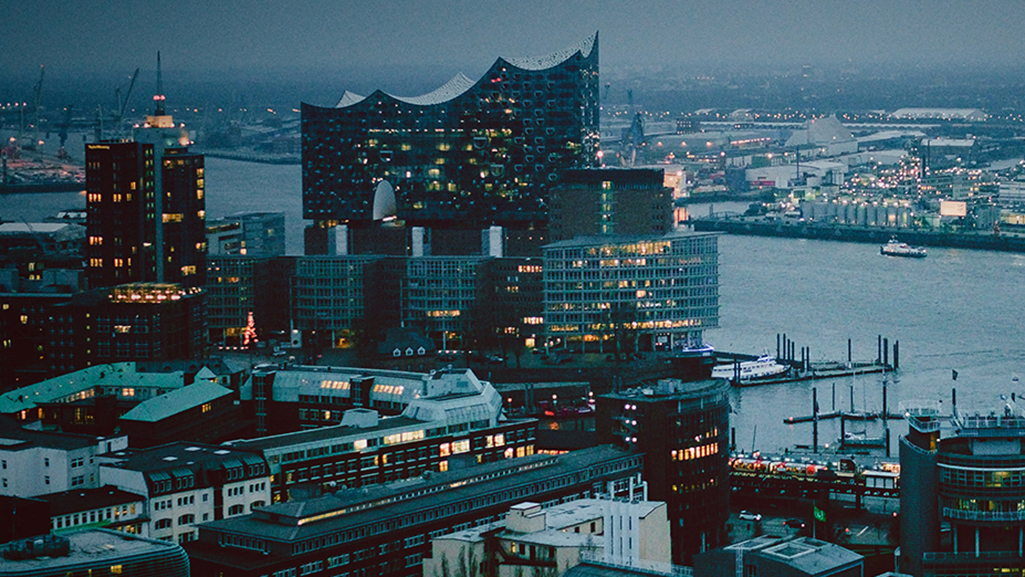Pedestrian simulations can play a key part in major construction and renovation projects. On top of ensuring smooth flow of people and their safety, those simulations also ease the planning process. That is, they help planners get the green light to the projects from authorities – and from the public.
Take for example One Times Square, an iconic New York City building, in which pedestrian simulations helped to launch a major redevelopment worth $500 million.
The challenges for the project’s planners were enormous: Times Square is the beating heart of the city. Any new development around it needs to balance the mobility and safety of millions of visitors, with the desire for robust economic activity.
With help from pedestrian simulation, however, the project got the go ahead.
The Project
Built at the turn of the 20th century, One Times Square is famed for being the former home of the New York Times, and later for hosting the world-famous New Year’s Eve ball drop. Most visitors to Times Square recognize the structure, but its façade is largely blocked by huge digital billboards.
The current redevelopment, by real estate investor Jamestown, aims to open much of the building’s interior to the public. This includes the creation of a viewing deck, a museum experience, and commercial spaces.
The project was launched at a time of sharp rise in tourism and pedestrian traffic in the area, as New York City rebounds from the pandemic.
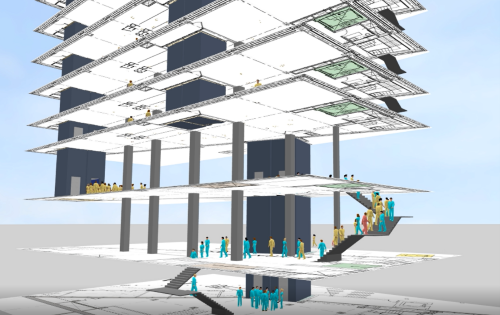
Getting Government Approval
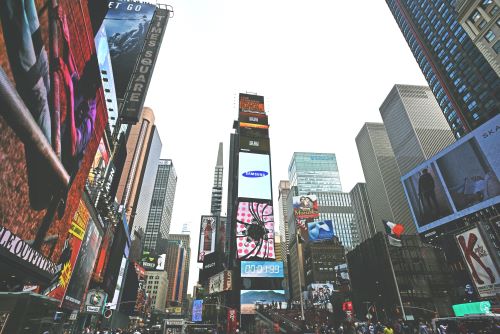
The United States has a history of firm regulations and permitting for the development of new projects. It can often be murky to understand just how or what is needed to gain this approval, but it can “make-or-break” projects in the millions and billions in the making.
In major cities, like New York, it is the responsibility of the developer to prove to the city that their development will not significantly impact the surrounding area, before any construction is approved. With pedestrian traffic, it means a complex analysis.
So, the developers turned to modeling with the PTV Viswalk software, enabling them to gain the approval and launch the actual redevelopment.
Simulating the Pedestrian Experience
To assess how the project will affect pedestrian flow, Jamestown hired consultancy AKRF. “The repurposing of One Times Square would need to accommodate a significant amount of pedestrian traffic in the building, while ensuring elements outside the building – entrances, queueing lines, security checks, etc. – do not adversely affect the pedestrian operations in the adjacent plaza”, says Michael Beattie, Vice President of AKRF.
To model how pedestrians would flow through the building’s entrances, 20 floors, and a viewing deck, AKRF used PTV Viswalk. “We needed a visual tool that illustrated for the client how the space would function, and account for pedestrian elements that impact one another”, says Beattie.
AKRF’s PTV Viswalk simulation demonstrated how the experience, including all the pedestrian elements – elevators, stairways, hallways, doorways, etc. – could accommodate the projected visitor demand without causing bottlenecks or significant wait times.
Work is now underway, and the developers expect the redesigned One Times Square to open to the public in mid-2024.
“Through the analyses of space and movement, as well as native 3D visualizations within VISWALK, the team at AKRF were able to visualize the results of the project to their clients and the regulators”, says Sean Fitzgerel, a senior account executive at PTV Group who accompanied the project, “This sets a precedent for analyzing buildings within the most complex and busiest city in the world.”

Growing Need for Pedestrian Simulations
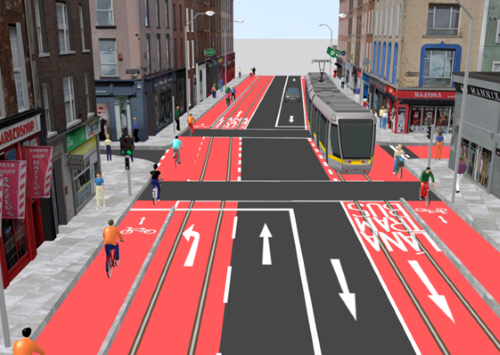
The One Times Square carries lessons for other redevelopment projects that affect people’s movements.
Globally, cities and governments are changing their vision of future urban environments. Especially with lessons from the pandemic, authorities want to understand how people move and how they are affected in public spaces.
More and more cities are proposing, designing, and building pedestrian-friendly and mixed-mobility environments. They are looking for ways to understand the impact, and not just get an overview of an area, which what traditional methods of analysis give.
How Developers Use Pedestrian Simulations
In projects like this, one of the most important components of pedestrian management and analysis is evacuations. There are many reasons for an evacuation, related to the size and type of location that you may be modelling.
Planners used the routing and travel time analyses for scenario analysis, while “event-based” scripting was used to implement custom plans. Viswalk’s “Fire Dynamics Simulator (FDS)” was used for fire simulations and other emergencies and evacuations.
Fitzgerel, of PTV Group, points to several other PTV Viswalk functions that contribute to successful planning of projects like One Times Square:
- PTV Viswalk is agent-based. Each individual person (an “agent”) within the model has its own characteristics, such as desire lines, behavior, etc. “It gives users powerful tools for pedestrian analysis, such as control to configure the person and the environment, and detailed outputs and results”, says Fitzgerel.
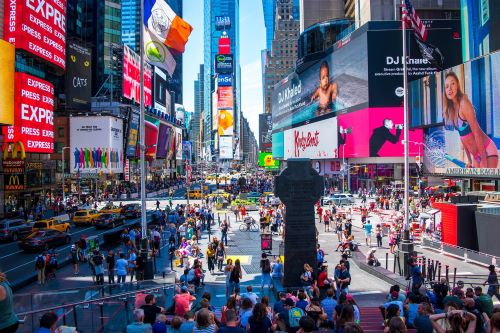
- PTV Viswalk allows any kind of pedestrian analysis – crosswalks, inside/outside buildings, airport terminals, public plazas, cruise terminals, subways stations, train terminals, and much more.
- It is the only pedestrian simulation software with “native” integration with a vehicular microsimulation model – PTV Vissim. This allows for more complex interactions between pedestrians and vehicles of all types, including public transport, and drop off/pick up outside a building.
- A flexible routing system, designed to give users ultimate control over the environment they are building. So, with PTV Viswalk, one can build a model with only entrance/exit and let the pedestrians find their own way or control their every move in a secure environment.
- A “social-force” model within Viswalk simulates the pedestrian’s “desire” to arrive at their destination. This was used in many cases to simulate social distancing.
That’s a lot of planning to ensure your visit or commute around Times Square goes smoothly!
